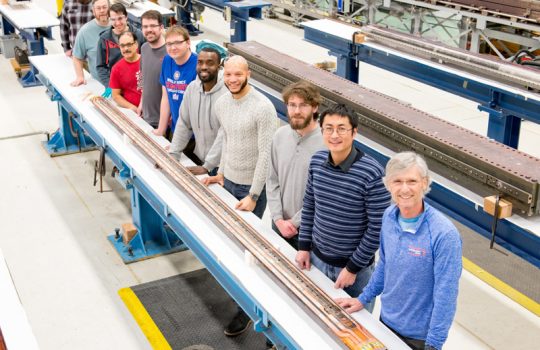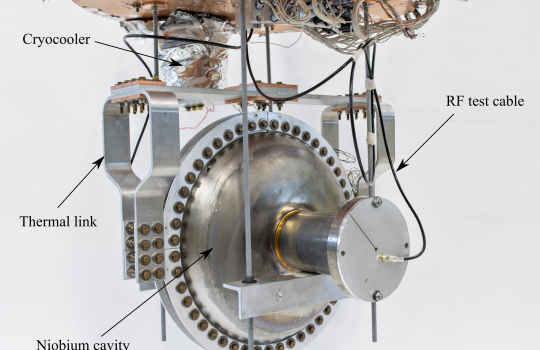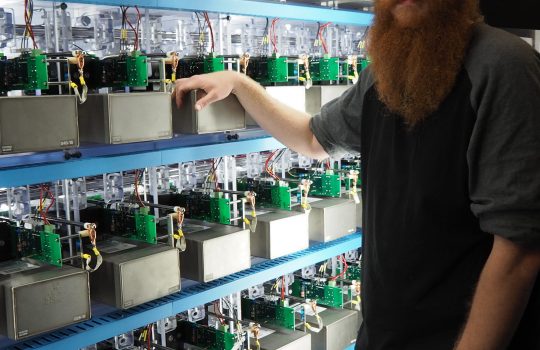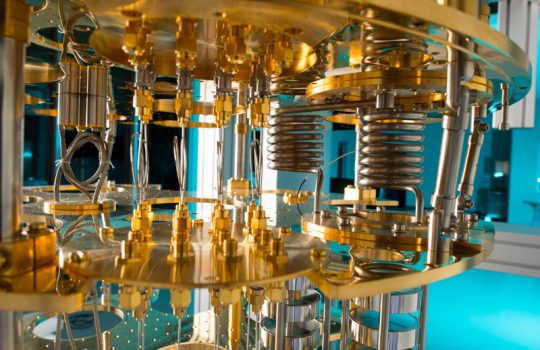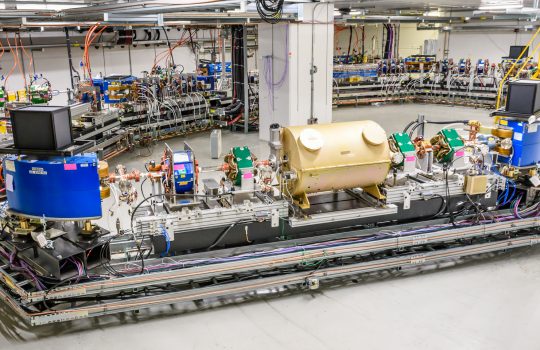Large Hadron Collider upgrade project leaps forward
The U.S. Department of Energy has approved the scope, cost and schedule for the U.S. LHC Accelerator Upgrade Project and has given the first approval for the purchase of materials. This project brings together scientists, engineers and technicians from national laboratories — such as Fermilab, Brookhaven, Berkeley, SLAC and Jefferson labs — to develop two cutting-edge technologies to advance the future of both the Large Hadron Collider and broader collider research.

